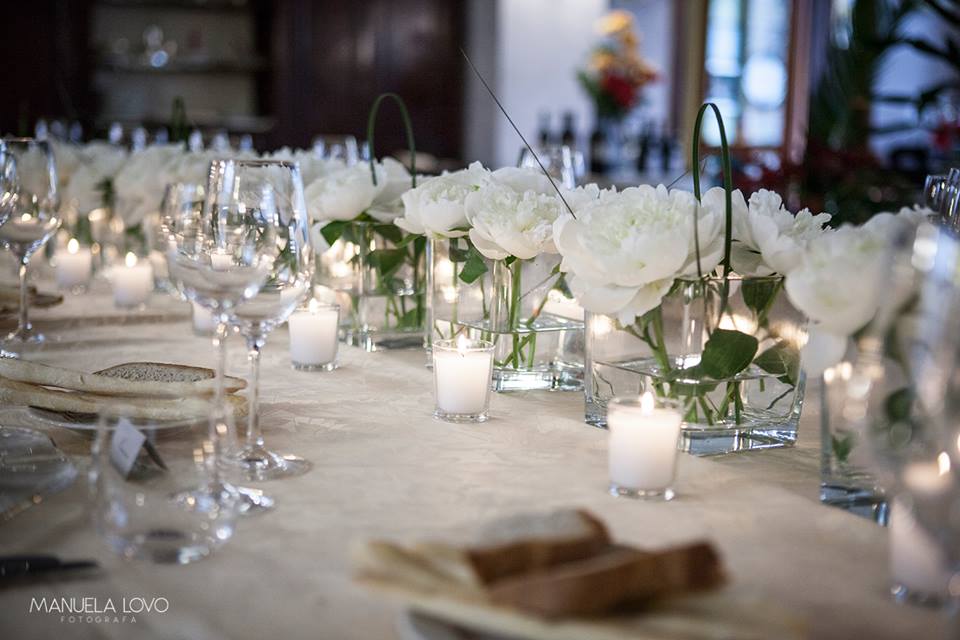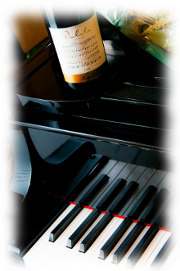-
Surroundings
-
Sport:
- Clubs for tennis and horse riding in Momo
- Golf Club in Castel Conturbia
- Golf Club Castel Conturbia
- Golf Club Bogogno (with 36 holes and occupying an area of more than 240 hectares. Overlooking this green are the cliffs of Mount Rosa 5km away).
- Swimming pool in Caltignaga (3km away)
- Ticino nature park
Momo – Church the S.S. Trinità of XII Century.
Momo is a part of the district of Novara. It is situated in the northern area of one of the most important European regions for rice production. It lies at the base of the “Novara Hills”, renowned for the wines Ghemme, Fara and Sizzano and for the production of gorgonzola cheese.
From Momo, one can easily access many of Northern Italy’s famous tourist areas such as Lake Maggiore and Lake Orta. Closer still is the beautiful city of Novara with its San Guadenzio Basilica dominated by a dome 121 meters in height.

The Island of San Giulio
The ‘legend’ surrounding this island dates back to before the XI century and tells the tale of two brothers, Giulio and Giuliano. Escaping from Aryan persecution, the brothers obtained authorization from the emperor Theodosius to construct a sanctuary in Christ’s honour. In turn, they assisted in the consolidation of the Catholic faith. From Lake Maggiore, they arrived at Gozzano where they constructed the 99th church. Looking out onto the lake, Giulio noticed a little island infested with snakes. He decided that on this island would be founded the 100th church. He reached the island using only his cape, drove out the snakes and built the church. The island dominates the lake and can be easily reached by boat from Orta or Pella. Since 11th October 1973, a community of Benedectine nuns has occupied the Basilicata of San Giulio. The activities of this community include:
- restoration of antique textiles
- the preparing and embroidering of vestments and liturgical furnishings
- handmade weaving
- cultural work: spiritual writings, pamphlets of the “lectio divina”, translations, etc.
- painting of icons
- general handcrafts
- maintenance of the building, the vegetable garden and the gardens generally
On Orta hill, the Sacro Monte dominates the lake. Consisting of 21 chapels built between the end of the 17th century and the end of the 19th century, the frescoes and terra cotta sculptures which adorn this church depict the life and work of Saint Francis. The park can be reached by foot and from here, it is possible to admire the beauty of the island and the whole of its southern bank. Visiting times until the 30th September are Mon – Fri 09:30 – 18:00, Sat 09:00 – 18:30.
Novara the Basilica of San Gaudenzio
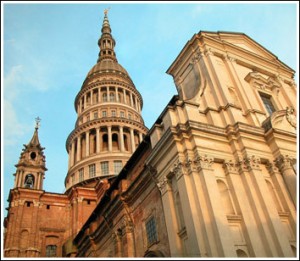
Constructed between 1577 and 1690 after Charles V ordered its destruction, it follows the external walls of the older Basilica. The dome, 122meters high and accessed via a heavily adorned, nutwood door, is the work of Alessandro Antonelli, noted particularly for his Mole Antonelliana in Turin. The church interior demonstrates the typical Latin cross with the one, central nave. On both sides are to be found lateral chapels. To the left of the altar of the right transept is a stairway which leads into the octagonal Cappella dello Scurolo (1674-1711). On the altar itself is the great octagonal urn made of silver and crystal in which the body of Saint Gaudenzio, patron saint of Novara, is contained. Again on the design of Antonelli is the Duomo (cathedral) of Novara. Built between 1863 and 1869, it rises above the Piazza della Repubblica. Here it is also possible to admire the remains of the Roman church constructed in the XI-XII centuries.
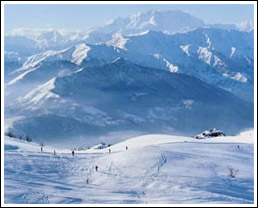
Mottarone
Mottarone is the mountain which links the Orta, Maggiore and Mergozzo lakes. The botanical gardens, the “Alpinia”, encompass an area of 12.000 square meters and here, one can find alpine plants and botanic attractions of rare beauty. During the summer, the Mottarone becomes a meta for trekking and mountain biking along the numerous, purpose-built paths. In winter, it becomes a renowned skiing resort.
Lake Maggiore
Stresa is internationally renowned with graceful architecture that looks out onto the Borromeo islands.
Along the lakeside is Piazza
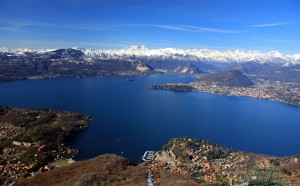 Marconi with its small ferry port and the neoclassical Parrocchiale di S. Ambrogio (1790). Behind is the Villa Ducale, the first to be constructed in 1770. Here, Antonio Rosmini died. A few kilometers away there is Pallanza.
Marconi with its small ferry port and the neoclassical Parrocchiale di S. Ambrogio (1790). Behind is the Villa Ducale, the first to be constructed in 1770. Here, Antonio Rosmini died. A few kilometers away there is Pallanza.







